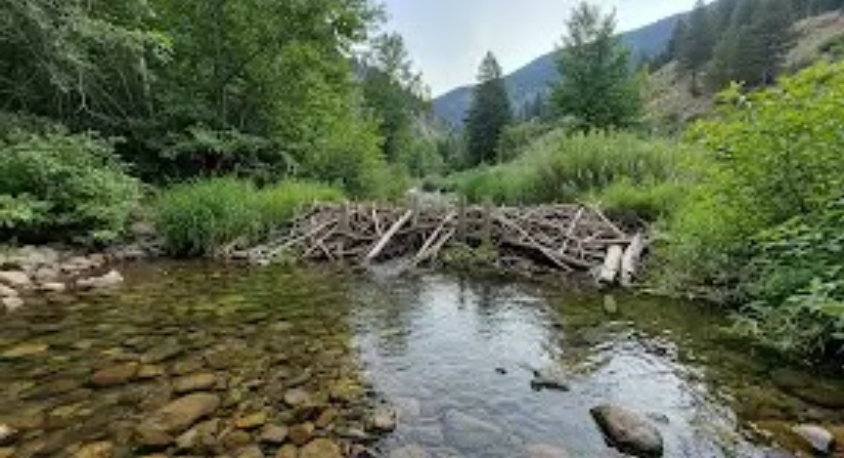Letting Nature Lead the Way
This week, Indigenous youth crews from the Ancestral Lands and Southwest Conservation Corps are carrying out TWP-supported efforts in Southwest Colorado to restore degraded areas of the Mancos river. Much of this riparian corridor is managed under conservation easement, and new collaborations with private landowners are facilitating restoration activities within some of the most impacted stretches.
Amidst the pressures of invasive species, climate change, decline of native vegetation, and other land use changes, these sections of the river have become channelized; unlike the slow, meandering riverscape characteristic of this environment, channelized river beds alter riparian habitat, contribute to soil erosion, and reduce water availability for key plant species, ultimately impacting the health and function of the broader ecosystem.
As part of efforts to restore the Ute Mountain Ute Tribe’s access to culturally-significant native plant species, we are working with local partners to address the underlying function of these crucial riparian landscapes. Alongside tree planting and other revegetation work, we’re supporting construction of low-tech Post Assisted Log Structures (PALS) that help slow water velocity, increase absorption into the ground, and reconnect the river to adjacent wetlands and secondary channels.
PALS constructed within a channelized bed of the Mancos river, 2025.
PALS structures are part of a broader concept called process-based restoration, which allows the river system itself to guide the outcomes. Simple structural additions that use local materials mimic functions of natural features (such as beaver dams), initiating the river’s natural processes of meandering through low-lying areas. Integrating traditional ecological knowledge, this approach works alongside nature, ultimately restoring processes that will endure far longer than the structures themselves.
With long-term processes like these, though, it can often be difficult to visualize the outcomes of today’s efforts. To support education and expansion of this work, we’ve used AI to generate images of the processes PALS and other structures can help initiate:
Short-term restoration: diversion of water from channelized bed; AI-generated.
Long-term restoration: Raised water table, return of native tree, shrub, and other species; AI-generated.




